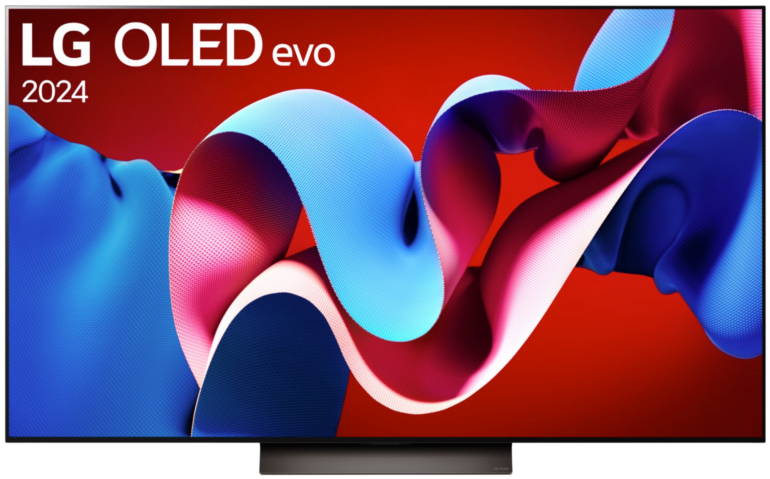Motion Handling
When it comes to TV devices, the term motion handling describes their ability to capture fast-moving sequences on the screen as clearly and smoothly as possible. This makes details in scenes more recognisable for the viewer and improves the overall clarity of live broadcasts and video content.
Movement optimisation by motion handling
The term motion handling originates from the TV and monitor technology industry and has been used since the early 2000s, when the first flat screens came on the market.
These – at that time new – screen technologies had different motion handling characteristics compared to older CRT screens. This highlighted the need for terminology to describe these properties.
Which factors are essential for a proper output? A high refresh rate – the number of images displayed per second – along with a low response time – measured in milliseconds – is crucial. While the number of frames provides a smoother representation, a low response time helps to reduce motion blur.
As soon as we speak of good motion handling, a TV has little to no difficulty in displaying content with fast camera movements cleanly and smoothly. This also includes the avoidance of so-called ghosting.
The interframe calculation function, also known as interpolation, is particularly important in this context. The Black Frame Insertion process, BFI for short, can also further improve clarity.
But beware: In some cases, an extremely fast response time can lead to so-called overdrive or inverse ghosting. Apart from that, not all types of content benefit equally from a higher frame rate or interframe calculation. Excessively high settings can produce the rather unwanted soap opera effect. In video games, the input lag can increase noticeably when activated.
- Audio
- Codecs
- Companies
- Features
- Ports
- Technical Terms
- Connectivity
- Misc
- Smart-Features
- Video
- Image Errors
- Image Formats
- Image Function
- Ports
- Technical Terms
- 4K
- 4K@120 Hertz
- Aspect ratio
- Backlight
- Banding
- Bit
- Black level
- Brightness
- Calibration
- Candela
- Color resolution
- Color space
- Color space coverage
- Color temperature
- Color volume
- Contrast
- Curved
- Filmmaker
- Flat
- Full HD
- Gamma
- Gamut
- HD Ready
- Home theater
- Image format
- Image synchronization
- Input Lag
- ISF
- Luminance
- Motion Handling
- Native resolution
- Netflix Calibrated
- Pixel
- Pixel density
- QFT
- QHD
- Raytracing
- Rec.2020
- Refresh rate
- Resolution
- Response Time
- Smart-TV
- UHD
- UHD-2
- VR
- White balance
- WQHD
- TV Tech

